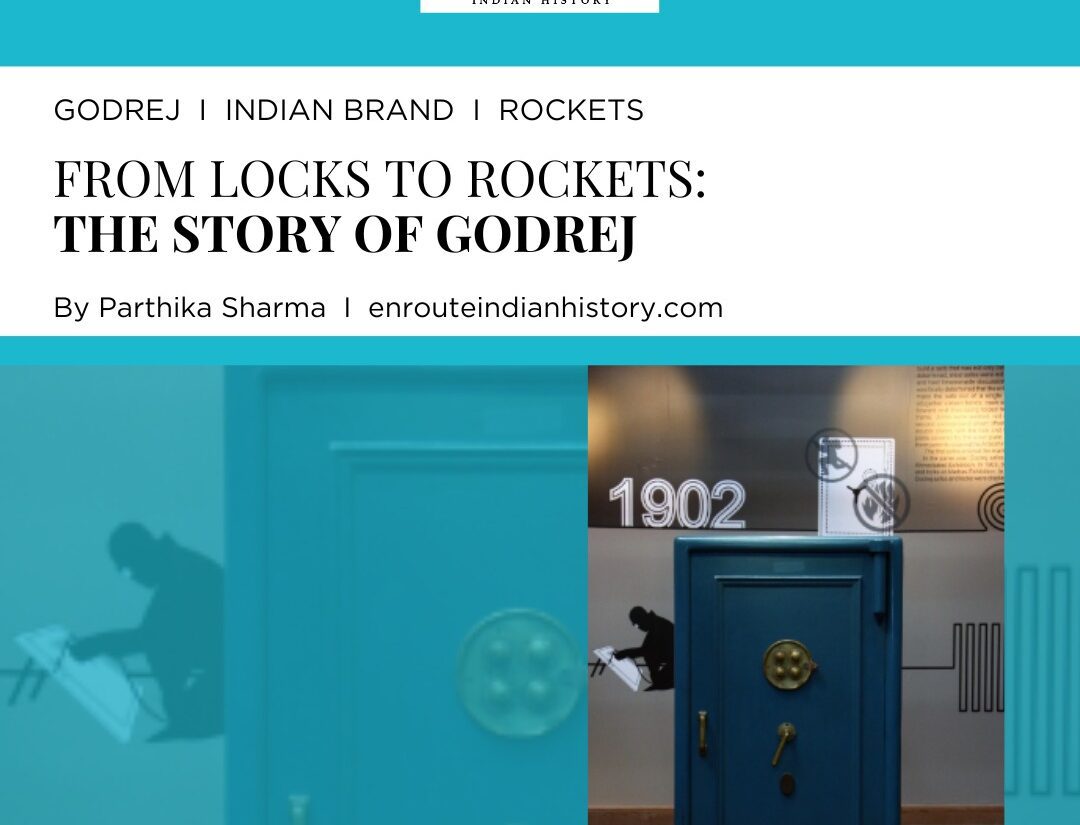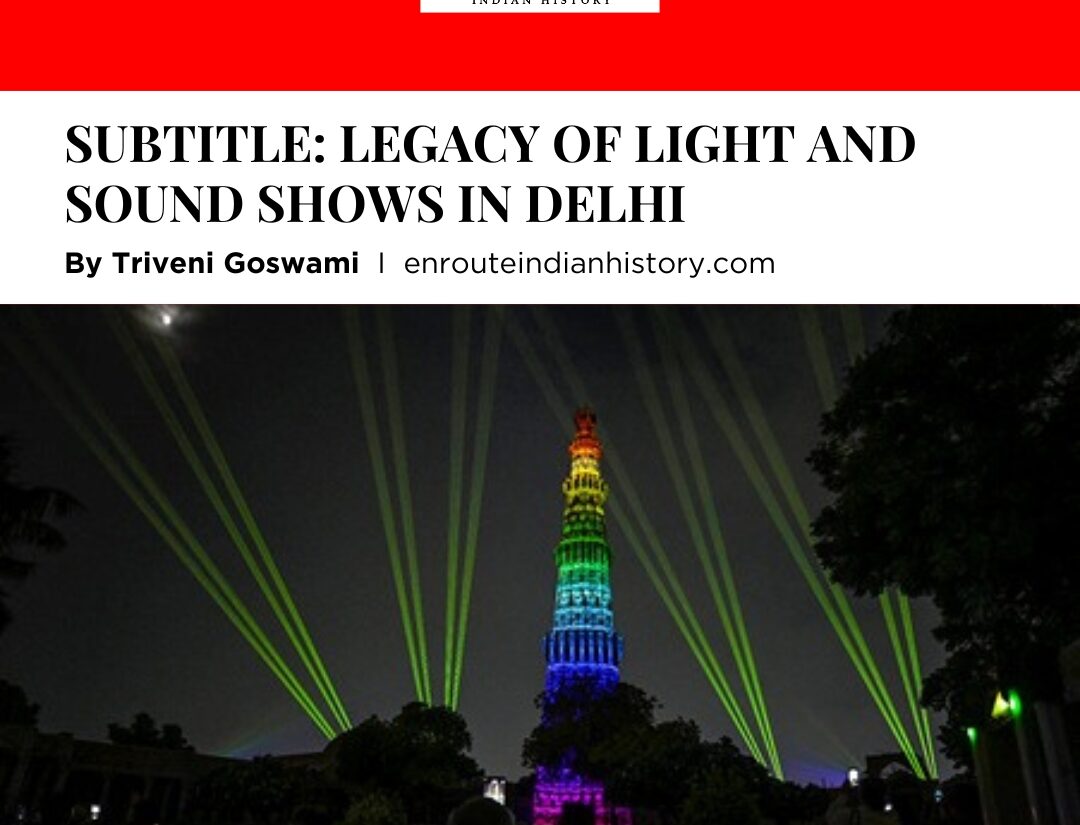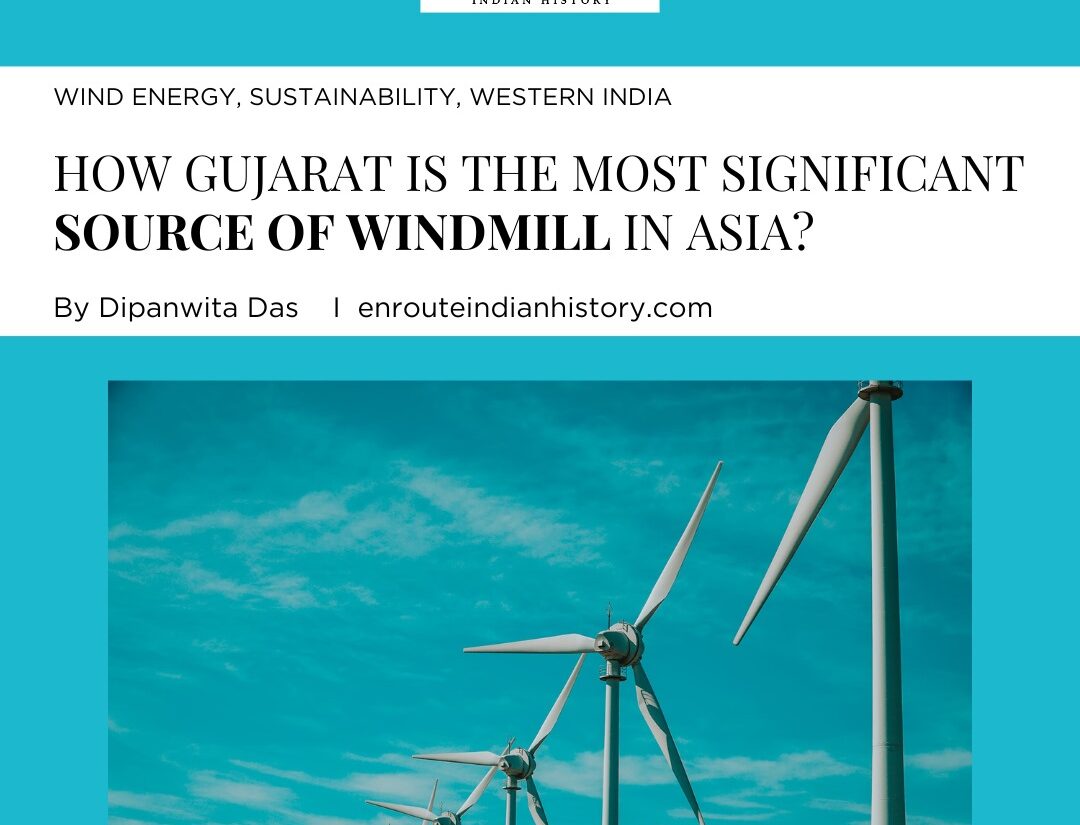
” Ye asses and donkeys, ye foolish children of India, what have you done for the Swadeshi industries? If you see your mother bleeding in so many parts of her body, will you leave her alone and enjoy living your life at her cost? Do you realize Mother India has been bled white by foreign exploiters who have made us slaves of their tastes and goods?”
Ardeshir Godrej, the Indian Herald, 27 April1927

“Make in India” has been around for a long time in Indian History. Commencing with the appeal for the swadeshi cause during the struggle for our autonomy from foreign rule, purchasing local appears to be a principle that is ingrained into the very essence of what it means to be Indian. During British control, the first businesses to emerge were Parle G (1929), Vadilal (1907), Godrej (1897), Dabur (1884), and Tata Group (1868). There was also a demand for Indian goods and technology in the decades that followed independence as the nation attempted to regain its economic footing. Concerned with Indian women utilizing foreign cosmetics, Prime Minister Jawaharlal Nehru entrusted JRD and Simone Tata to come up with a remedy, which led to the creation of Lakme.
The brands that came up during these times have now become a part of Indian culture and history. Indian households are quite incomplete without fans from Usha, dairy from Amul, snacks from Haldiram, walls quoted with Asian paints and furniture from Godrej. It is thus baffling to think that once “Made in India” was bad for business.
After working on one case, Lawyer Ardeshir Godrej came to the conclusion that law, which required manipulating evidence, was not his forte. He returned to Mumbai and worked as an assistant to a chemist, which most likely helped him enhance his talents. He requested Merwanji Cama, a friend of his father’s, for a loan of Rs. 3,000 so that he could begin operating an establishment for making surgical equipment. It all went downhill because Ardeshir sought all the equipment to be tapped with “Made in India”, but the proprietor declined. They said it would be detrimental to a surgical equipment company’s business to have the “Made in India” label.

After this, in the environment of burglary of Indian riches, Godrej and Boyce, then Godrej Brothers Company, was founded in 1897 as a lock business. Ardeshir Godrej partnered with his brother Pirojsha Burjorji Godrej, who focused on manufacturing. They erected a modest 20 square meter shed that included all 40 steam presses and 12 laborers utilized in their lock-making process. It didn’t take long to accomplish the goal of creating a lock that was “un-pickable.” Compared to locks built in England, these locks made in India performed better in the Indian environment. His “Gordian Lock” invention, which was his first, was patented. A “Lie Detector Lock” that alerted the owner that the lock had been picked with the wrong key came next. They also patented the world’s first springless lock. Godrej has now come a long way from making locks to aiding in technology of Satellites and Reactors, fulfilling their vision of “Godrej in every home and workplace.”
The lock mechanism
The Godrej’s logo is taken from Pirojsha Burjorji Godrej’s signature. True to its tagline of “Brighter Living”, Godrej is now bringing innovation to a number of fields including, yet not restricted to consumer goods, real estate, furnishings, industrial engineering, equipment, security, and agricultural commodities.
After fulfilling the call for Swadeshi, it was turn for Ahimsa. In 1918, Godrej launched Chavi, the world’s first vegetable oil soap, made without animal fat. Godrej products were endorsed by the much respected freedom fighters including Annie Besant, Rabindranath Tagore and Mahatma Gandhi, and the latter even refused to give his blessings to an enterprise which could harm it. This provided the much needed advertisement when British-owned papers refused to carry advertisements with the phrase ‘as good as imported variety’.
A Godrej Safe

Every person has the childhood memory of steel almirah at the back of their mind, even if they do not fit the modern aesthetic of new Indian homes. The forerunner of almirahs, the Godrej steel safes, were as strong as this memory. The ship SS Fort Stikine, which was carrying ammunition, gold, and cotton bales, exploded in the Bombay Docks on April 14, 1944. It took three days to put out the fire that the explosion caused, and it is one of the biggest non-nuclear explosions recorded in Indian and world history. Despite being damaged and defaced by the explosion, every Godrej safe that was placed in the dockside merchants’ offices remained intact. A survivor of another fire in 1914 noted that: “Being Godrej’s, we were confident the papers [inside] would be found intact, but some of us had doubts about the safety of the pearls. On opening the safe, we were all agreeably surprised to see that the pearls were perfectly safe and as lustrous as before the fire.”

Then in 1943, Pirojsha Godrej bought Vikhlori village, encompassing a startling 4300 acres of land, auctioned by the Government of Bombay. This was named Pirojshanagar. Over the next 50 years, Vikhroli was transformed into a green, industrial township that now houses the manufacturing unit Godrej ONE and dwellings of many of the employees.
Given the founder’s passion for Indian Independence, it was only natural that Godrej was employed to manufacture the first test of Independent India, the general elections of 1951-52. It was a challenging task, for if the box failed, if it was tampered, it would be the failure of Indian Democracy. In total, 1.7 million ballot boxes, with internal locking technology that reduced the manufacturing cost to Rs 5, were made for the first elections. K. R. Thanewalla remembers, “I know that our best was around 22000 ballot boxes per day! We would be at the plant from quarter to seven onwards and rarely left before midnight.”
Ballot

Over the next 70 years, it has expanded to refrigerators for the three seasons of India: hot, hotter, hottest, Nature’s Basket for fine foods from across the world, the Mechatronic Door Lock Key technology, and so on. Expanding beyond the earth, it left its mark in Indian History and built the launch vehicle and lunar orbiter for Chandrayan-I in 2008, India’s first mission to the moon. In 2014 again, Godrej Aerospace engines powered the Polar Satellite Launch Vehicle for Mangalyan-I.

With a video celebrating an old gardener’s first chili, it announced the beginning of its digital brand campaign, #EverydayJoys- Jahaan Khushiyan Badi Hoti Hai. Much like it, Godrej has been bringing small, unnoticable yet important ‘Khushiyas’ to families for more than 100 years now- from the joy of taking a long bath with Cinthol after a tiring day, to the joy of a family bringing home their brand new Godrej Fridge during Dhanteras, to the joy of buying a new Godrej Properties Apartment. It is indeed One Company, Many Smiles in this success story.
All picture courtesy: Godrej Archives
BIBLIOGRAPHY:
- https://web.archive.org/web/20160227034345/http://www.godrej.com/godrej/godrej/our-story.html
- https://www.godrej.com/about-us#:~:text=Established%20in%201897%2C%20the%20Godrej,gold%20with%20a%20locks%20business.
- https://www.godrej.com/our-story#2018
- Shalini Rath (Oct 26, 2022), ”Godrej – The success story of one of the leading Multinational Conglomerate Companies”, https://startuptalky.com/godrej-success-story/
- Mandira Nayar ( June 25, 2023), ”The untold Godrej story—from making locks to rockets”, https://www.theweek.in/theweek/cover/2023/06/16/the-story-of-godrej-the-company-that-played-a-key-role-in-building-india.html
- Rinchen Norbu Wangchuk (August 16, 2019), ”#IconsOfIndia: How Godrej Introduced 5 ‘Famed Firsts’ to Modern Indian Homes!”, https://www.thebetterindia.com/191898/godrej-iconic-products-typewriter-fridge-cinthol-history-india/
- Unknown (18th January 2023), ”Godrej’s 126-year journey from building locks and safes to rockets launchers and satellites!”, https://buildd.co/product/godrej-origin-story
- Geetanjali Shukla (Jul 10, 2011), ”Godrej & Boyce products remain iconic”, https://www.businesstoday.in/magazine/cover-story/story/godrej-and-boyce-is-100-year-old-indian-companies-22787-2011-06-23
- May 15, 2024
- 6 Min Read























